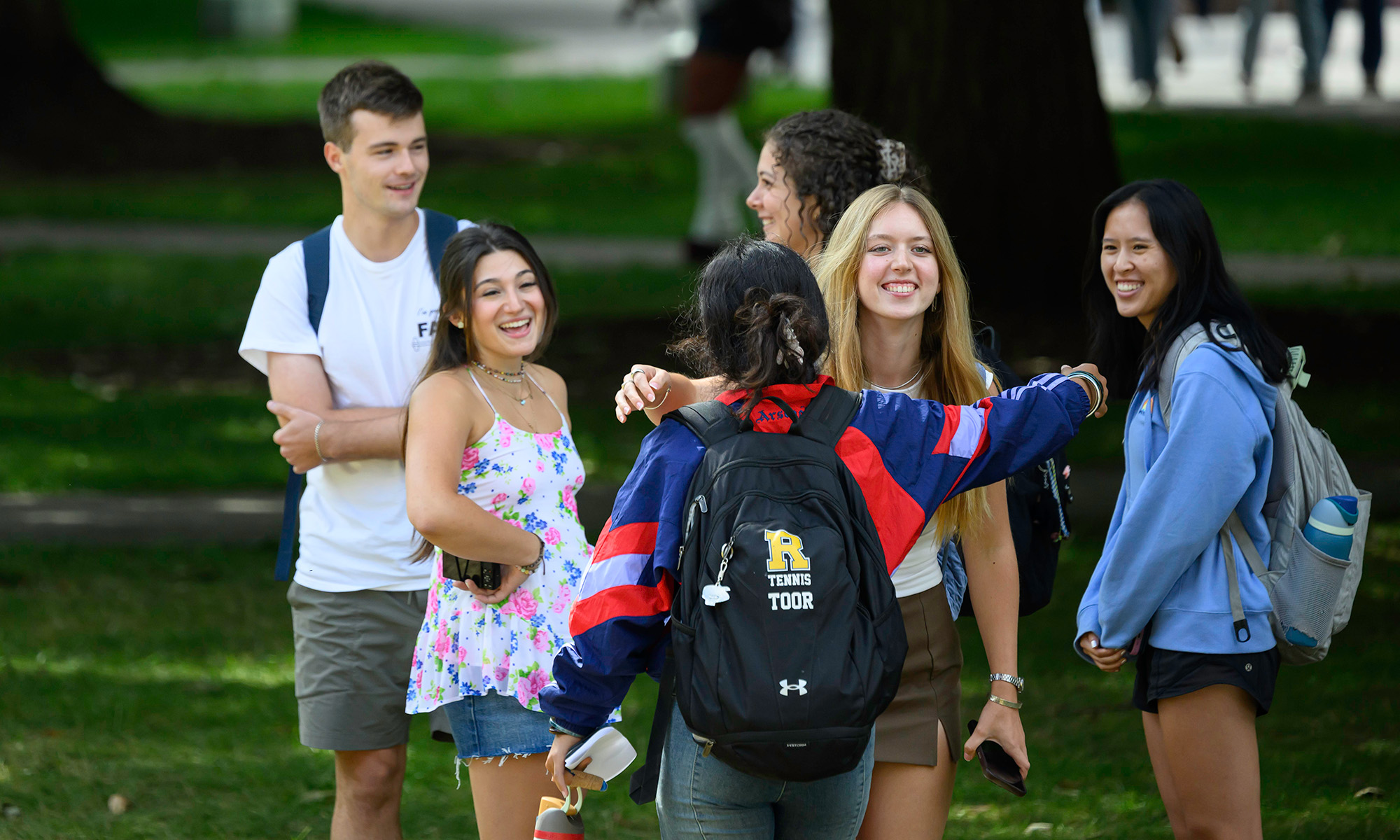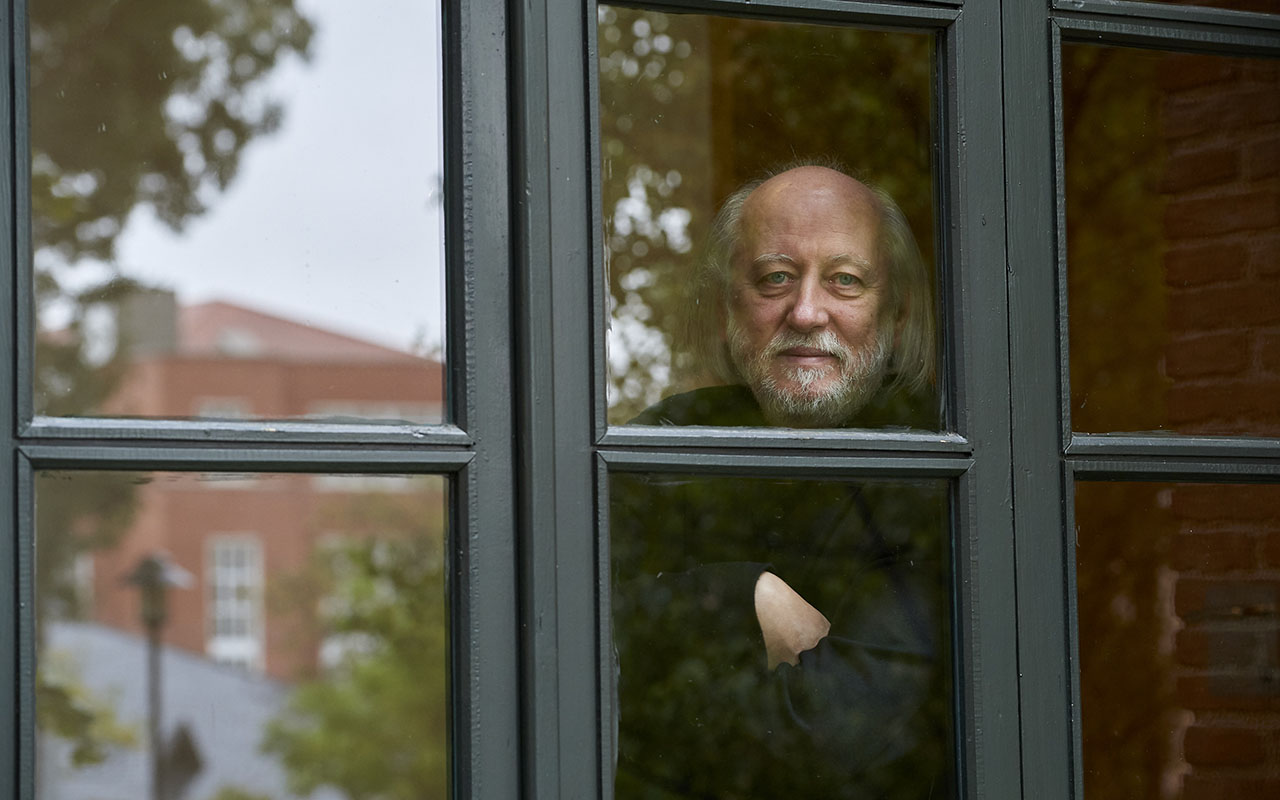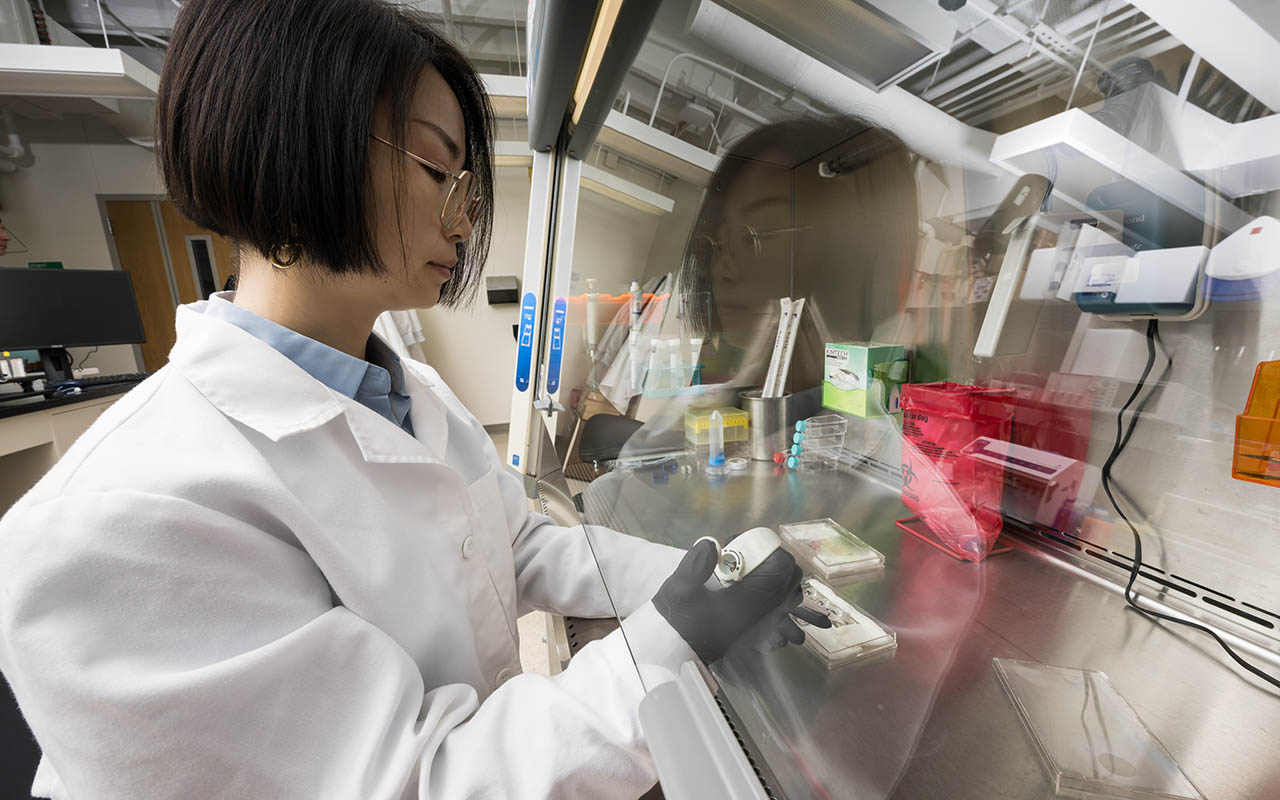
Campus Life
Wegmans makes meals easy at URochester
A collaboration between the University and the beloved supermarket chain is a first of its kind.

A flexible curriculum, expert professors, and a global environment illustrate why the University of Rochester is worth considering.









